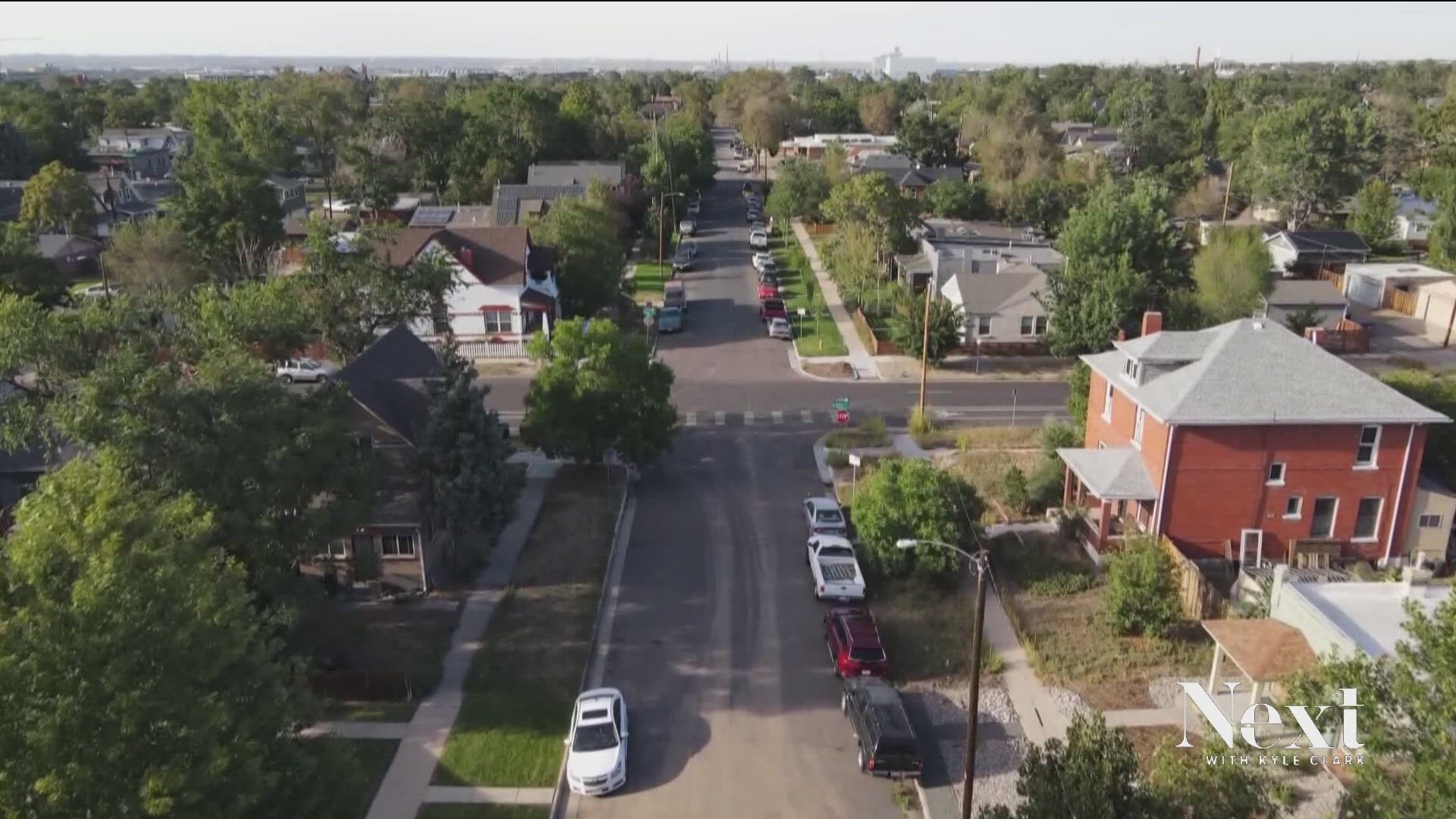DENVER — Just like your property tax bills that were way over the number you thought they should be, the commission that is supposed to lower your property tax bills is also way over where it should be.
The Commission on Property Tax was supposed to give its final report to state lawmakers on March 15, but on Friday, pushed its next meeting to April 12.
The reason?
Waiting to see which citizen-initiated property tax ballot issues will be submitted to the state title board for consideration on the November ballot.
At Friday’s meeting, the commission heard from representatives of the groups that are already pushing property tax solutions by trying to go straight to the voters.
“If nothing is done there will be a ballot initiative,” said Josh Penry.
Penry, a former Republican state lawmaker, represented the conservative business group Colorado Concern.
That group supported Democratic Gov. Jared Polis’ Proposition HH in November, which voters rejected by almost 19 points. Now, Colorado Concern has partnered with Advance Colorado and Michael Fields, for three possible ballot issues to limit increases in property tax bills.
“Colorado Concern and Advance Colorado haven’t been on the same side of these issues. Michael and I haven’t been on the same side of these issues,” Penry said.
Advance Colorado and Fields already have one ballot issue that will appear on November’s ballot. That ballot issue would require voter approval for the state to keep property tax revenue above 4% each year.
The three proposals by Colorado Concern and Advance Colorado would make a calculation change to the property tax formula, thus moving property tax bills back to 2022 levels. Then, the proposals would limit state property tax revenue growth to 4% each year.
That would mean smaller property tax bills, but also fewer dollars for schools, fire, police, water, trash, everything that property tax dollars pay for.
And each of the three proposals has a different option for the state to cover the local government tax dollars that would no longer come from property tax bills:
- One proposal has the state backfilling $750 million for local governments.
- The second proposal has the state backfilling the entire amount that would be reduced from the math changes.
- The third proposal has the state backfilling to the extent possible.
“Four percent will never cover 25% inflation in the fire service,” said Bob Olme, a commission member representing the Colorado State Fire Chiefs. “Are you willing to accept responsibility for the injuries and deaths that can occur from delayed response due to the reduction in funding and services?”
“We reject the premise. The idea that you cannot have a responsible tax policy in this state in ways that spare homeowners and business owners tax increases,” Penry said. “The rhetoric of, it’s 25% increase in a really harmful way or the draconian circumstances that you described is really a false choice.”
Commission chair, State Sen. Chris Hansen, D-Denver, who helped author Proposition HH, wanted to know how the state would backfill money with the 4% cap on property tax revenue growth.
“As a former budget writer, I guess I’m trying to understand where we would find that $2.5 billion. I think it’s easy to say, ‘Hey state, you take care of it. Make sure we do full backfill to the locals,’ but that immediately, then, raises the question, where does the state find $2.5 billion? Do you have any thoughts on that for us?” Hansen said.
“The idea of a backfill is not new, you all talked about it before [Prop] HH contemplated it. The difference is, it was proposed with taxpayer refunds rather from the base budget,” Penry said.
He also said that this would be considered a proper use of the state’s emergency piggy bank.
“The reality is, the state has a rainy-day fund,” Penry said. “If these local services are as important as we all believe they are, then it’s appropriate for the state to step in and, basically, help create a soft landing for them, if that 4% year-over-year is not enough.”
“In terms of where it comes from, I think that’s up to the legislature to decide where that money comes from and, again, how much it ends up being,” Fields said.
“The vast majority of the state budget is going to K-12 schools. If the state has to take money from somewhere, it’s going to be the schools,” said Andy Kerr, a commission member and Democratic Jefferson County Commissioner.
“I’m not understanding how you’re cutting budgets if revenue is going up,” Fields said. “We, specifically, call out that it can’t come from education, that this backfill money can’t come from the State Education Fund.”
The commission also heard from Scott Wasserman with the progressive Bell Policy Center, which has its own ballot proposals to block the ones by Advance Colorado and Colorado Concern.
“You need to avoid ballot Armageddon,” Wasserman said. “Our measures are designed to prevent, what we think, is going to be a disaster if the measures you just heard about passed.”
One of his proposals would require voters in local districts to opt-in to the four percent cap. Meaning, if the four percent cap passes, it does not limit local government revenue unless voters say it does in a future election.
“Our measures, this year, are meant to counter their measures. They would not be on the ballot but for the threat of ballot Armageddon,” Wasserman said. “If we really do need to backfill, I don’t recommend taking money from the state budget, what I do recommend is finding an additional revenue source.”
Potential ballot issues need to be submitted to the state title board by April 5 to be considered for the November election.
The next property tax commission hearing will be on April 12.
SUGGESTED VIDEOS: Full Episodes of Next with Kyle Clark

